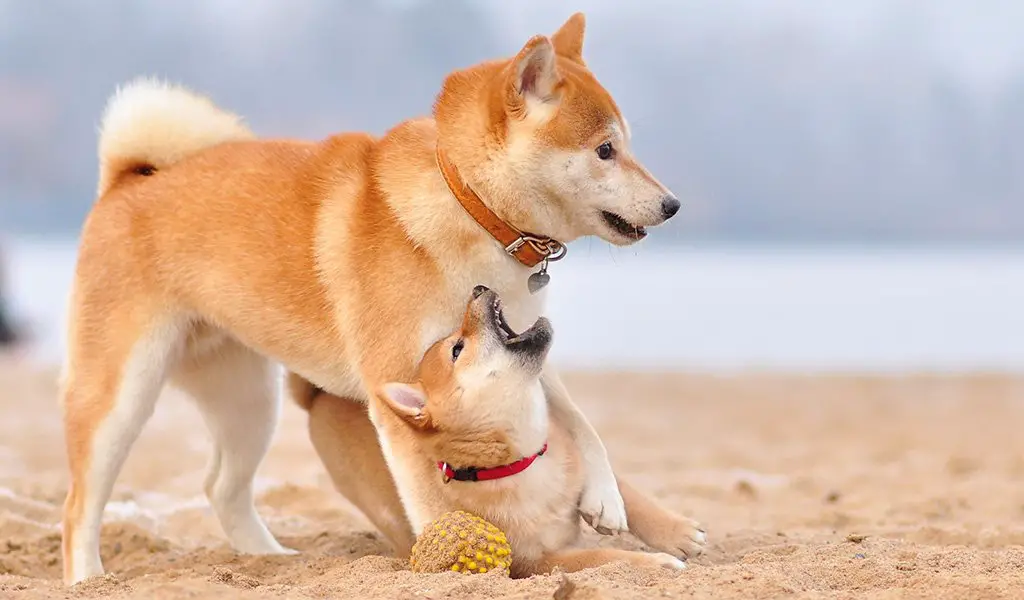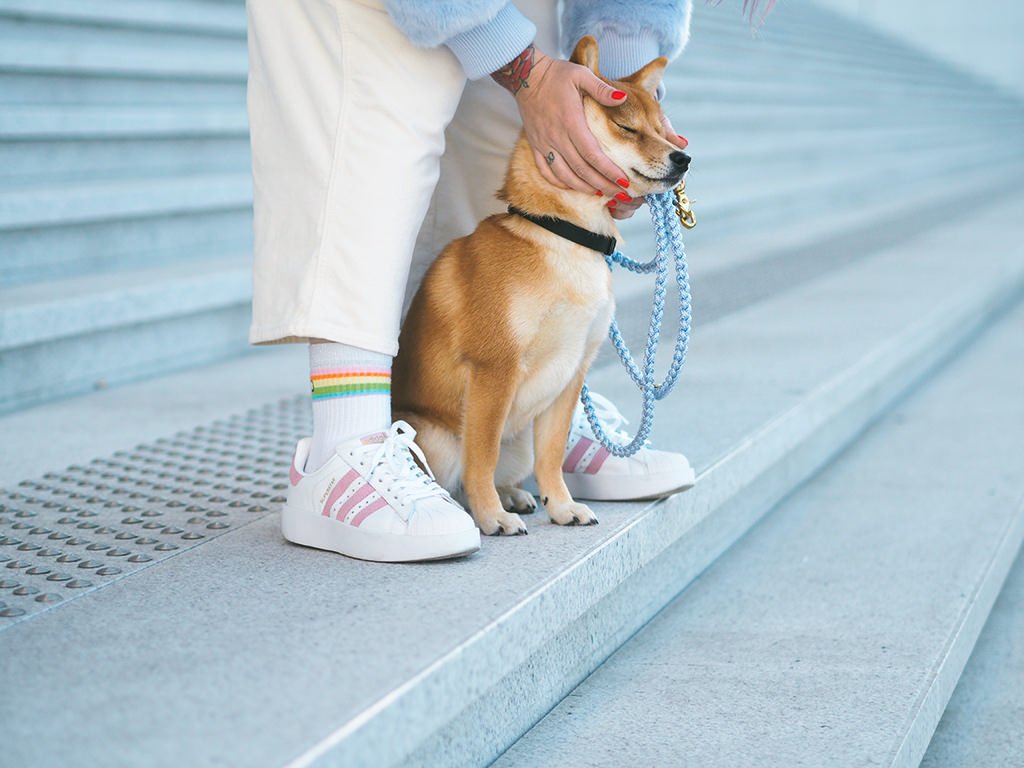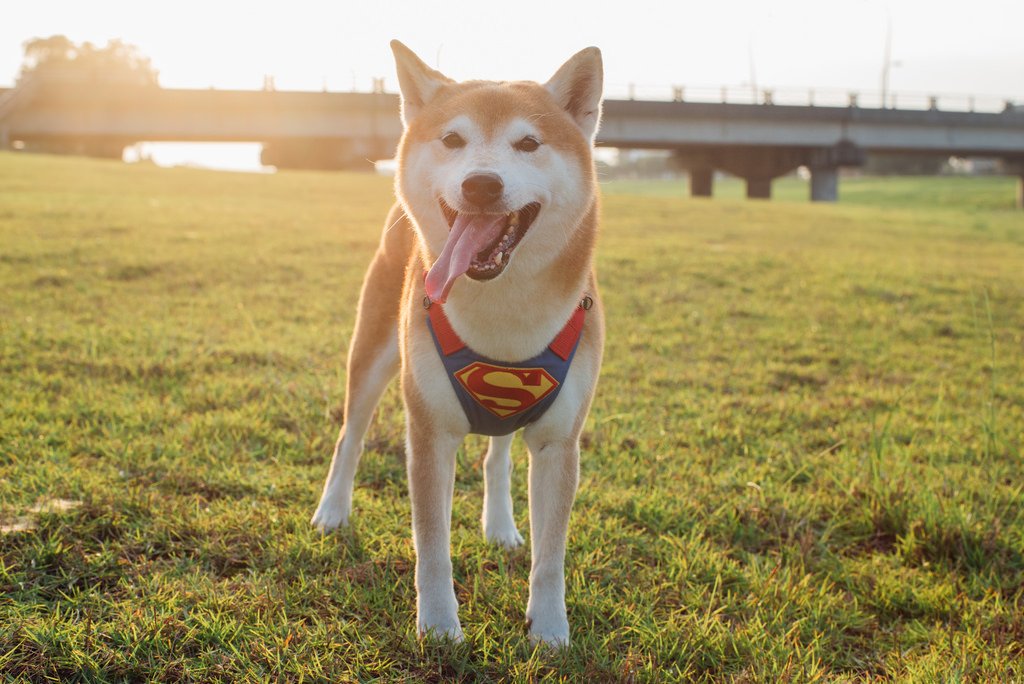The Shiba Inu is a hunting dog bred in Japan. Its history is about two and a half thousand years old. Modern representatives of the breed often act as companions. An inquisitive and friendly disposition allows them to get along well with the owner, but the animals are capricious and require competent training. Since 1936, Shiba Inu has been recognized as the property of Japan. Integral character, high intellectual level, and special fortitude made these animals popular among dog breeders. Being the owner of such a pet is not easy, but if you gain his respect and trust, you will get a lot of pleasure from communicating with an intelligent and inquisitive friend. The breed is suitable for experienced dog handlers, but as the first dog, the Shiba Inu with its complex disposition is not the best option.
#1 Archaeologists have found the remains of dogs of a similar type, dating back to 4-3 centuries BC.

The Shiba Inu breed belongs to the Spitz group, has all the characteristics inherent in them: sharp erect ears, a special tail shape, thick two-tier wool. According to experts, the progenitors of the Shiba Inu were brought to the Japanese islands from China or Korea, and already in the course of crossing with the aborigines, the existing standard was formed. Being a close relative of the Akita Inu, the Shiba Inu are characterized by their smaller size. The relationship of the breeds is genetically confirmed.
#2 Until the middle of the 19th century, Japan was a closed country, and the Shiba Inu was bred only in this territory.

With the overcoming of isolation, the dogs ended up in Asia and Europe, where dog handlers appreciated the sharp mind and excellent hunting qualities of animals. To improve these characteristics, breeders began to practice active crossbreeding of Shiba with Pointers and Setters. The lack of a standard and haphazard selection led to the loss of the breed, it almost completely disappeared in the urban area. By the beginning of the 20th century, the leading dog breeders took up the problem of Siba Inu. Aboriginal species survived only in remote rural areas, they became the basis for the restoration of the tribal gene pool.
#3 In 1928, it was decided to take measures aimed at preserving the purity of the breed and restoring its numbers.

The main selection criteria were erect triangular ears, deep-set eyes, dense two-tier hair, and a tail, which is sharply curled behind the back.

